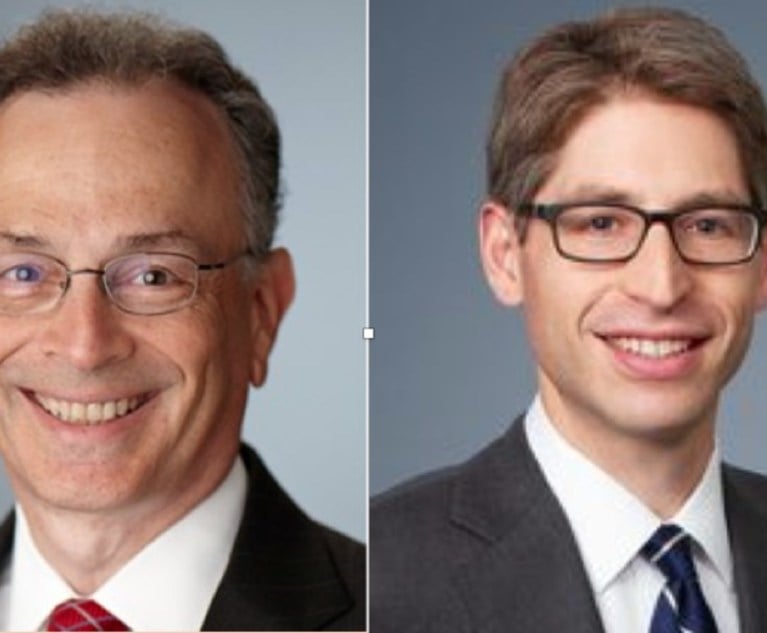In Fedor v. United Healthcare, No. 19-2066 (10th Cir. 2020), the U.S. Court of Appeals for the Tenth Circuit has clarified the outer limits of the severability doctrine that the Supreme Court has developed to limit challenges to the validity of arbitration awards to situations where a party is able to challenge the arbitration clause itself without bringing in the validity of the agreement as a whole. As the court held in Prima Paint v. Flood & Conklin Mfg., 388 U.S. 395 (1967), if the arbitration clause is valid, the dispute must be sent to arbitration. The Court of Appeals’ opinion in Fedor makes clear that that the severability doctrine does not come into play unless there is an underlying arbitration agreement, and whether such an agreement has been formed is for the arbitrator to decide. In other words, contract formation issues are for the court, not the arbitrator; severability is a channeling provision—channeling aspects of the parties’ dispute to arbitration—that assumes and only kicks in if there is underlying arbitration agreement.
‘Prima Paint’ and ‘Rent-A-Center’
The severability doctrine was first adopted as a matter of federal law in Prima Paint. As Justice Abe Fortas explained for the court, the doctrine was required by §3 of the Federal Arbitration Act (FAA). 9 U.S.C. §§1, 3. Section 3 provides (emphasis supplied):
“If any order or proceeding be brought in any of the courts of the United States, upon any issue referable to arbitration under an agreement in writing for such arbitration, the court in which such suit is pending, upon being satisfied that the issue involved in such suit or proceeding the court in which such suit or proceeding is referable to arbitration under such an agreement, shall on application of one of the parties stay the trial of such action until such arbitration has been had in accordance with the terms of the agreement … .”


 Photo: Brian A Jackson via Shutterstock
Photo: Brian A Jackson via Shutterstock




